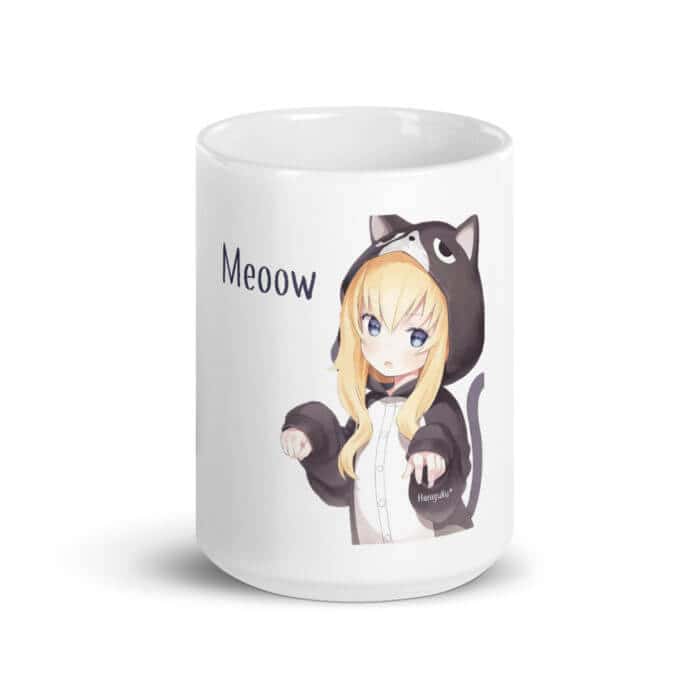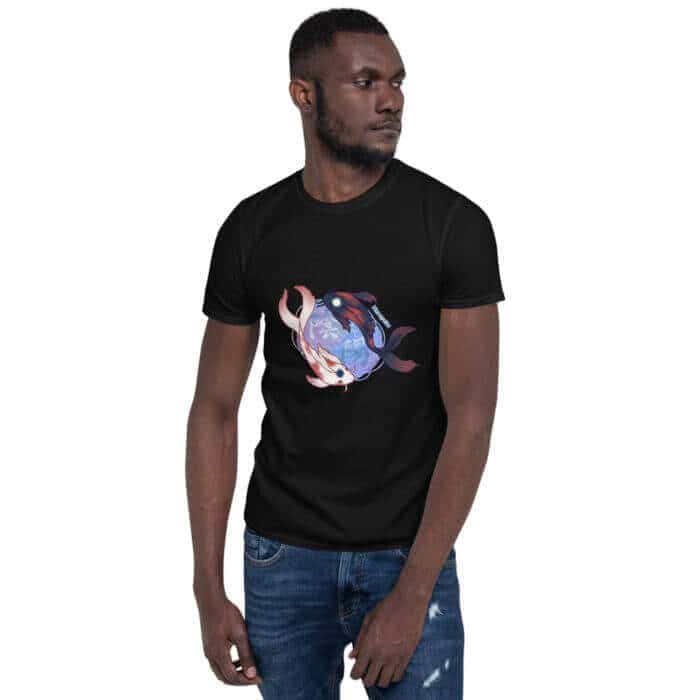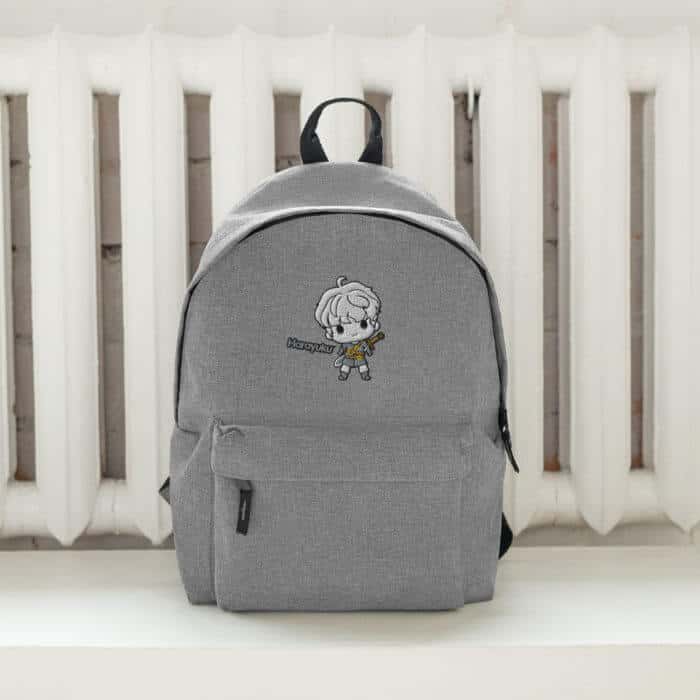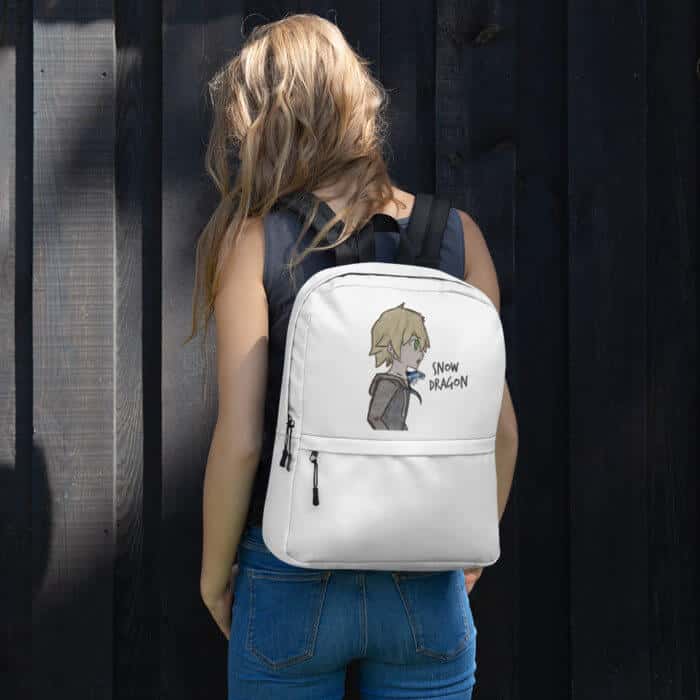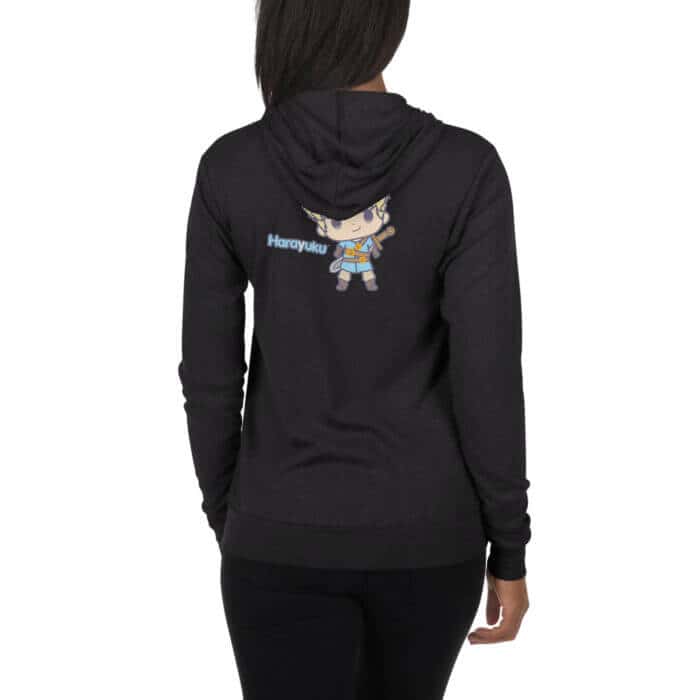A number of things are referred to as “cute.” The cute aesthetic has been an element of art for a long time. Today’s interactive world is playing with digital aesthetics and has dove deep into kawaii or cute aesthetics. Kawaii is a Japanese pop culture that has influenced entertainment, food, clothing, arts, toys, and digital industries globally. It has also widely taken over mannerisms, physical appearances, and lifestyles.
Author

Introducing Kawaii
The kawaii culture makes one think about innocence, pastel colors, anime, and frilly dresses, but kawaii is much more than just cuteness. It has a strong cultural background and is a huge part of the Japanese traditional side. We are going to tell you all about kawaii, its history, its evolvement and current influences and will also give a futuristic viewpoint.
If you look at Japanese art, it has been an old tradition of adding facial features to inanimate objects to make them look cute and livelier. It goes for both living and non-living things such as the popular cat girls.
Etymology of the Word ‘Kawaii’
The word kawaii dates back to Japan’s Golden Age and is an amalgamation of two Japanese words, ‘kaohayushi’ and ‘kawayushi.’ The first means ‘flushed face’ or ‘a face of glow,’ and the latter means ‘vulnerable, small, cute, pitiable, or innocent.’ Both these words came together to depict the true meaning of kawaii from the Heian and Muromachi periods respectively.
The word ‘kawaii’ underwent many transformations over time and is now loosely translated to cute and adorable in addition to more explanatory words like admirable and loveable. It makes one feel warm, fuzzy, and wrapped with cutesy aesthetics. You can say it is an embodiment of positive and joyous vibes.
The Boom of Kawaii Culture
The cultural phenomenon of kawaii began to experience its boom in the 1970s during WWII. Japanese girls started using mechanical pencils to make their handwritings more elaborate with small doodles like hearts and stars. This style of handwriting is called marui-ji, which means round writing. Today, the usage of emoji is also influenced by the aforementioned round writing technique.
Due to low readability of text, this handwriting was banned from many schools. However, later in the 1980s, it became widely adopted in advertisements, comic books, and entertainment magazines.
Why Japanese Are the Most Influenced?
If you give it a thought, you will wonder why there is no incorporation of kawaii in Disney, Pixar, or other western animations. Even though Hello Kitty gained massive popularity in the west, the interpretation of kawaii (cuteness) there has been different. They associate it more with being childish and not in a nice way. On the other hand, in Japan, having kawaii or anime craze even for a 60-year-old is not considered weird or something to judge.
There is an extreme workaholic and professional side to Japanese people. Kawaii is their escape from that. They love to express their cute aesthetics through kawaii lifestyle, art, and clothing.
Harayuku Kpop #Army short sleeve t-shirt
€18,45 – €20,45Unisex Huggy Hoodie
€32,95 – €34,25Now, as we have become quite familiar with the term kawaii and its history and evolvement, let’s dig a little deeper. We will explore the complexity and craziness of this cultural phenomenon in Japan and around the globe.
Kawaii Is Not Exclusive to Japan
The cute stuff does not only appeal to Japanese people. This interest grew in the west and other parts of the world quickly. Kawaii culture didn’t remain exclusively Japanese for long enough and is now even seen in famous international events like Kawaii Kon in Hawaii and Hyper Japan Festival in London. The word kawaii has also been accepted in different English dictionaries. There is even a dedicated channel for podcasts introduced by NHK World-Japan with the name of Kawaii International.
The Pioneer of Cute Culture
The Japanese toy giant Sanrio launched Hello Kitty in the 1990s as their ambassador of kawaii culture. This little kitty became a hit in no time and fueled the influence kawaii culture had around the globe.\
Anime Boy Mug
€15,95Unisex Cosplay Hoodie
€32,95 – €34,25The first product which was produced with the Hello Kitty print was a coin pouch. Later, the character was on clothes, toys, gadgets, home décor, books, accessories, mugs, cars, furniture, and whatnot. This character brought eastern kawaii culture to the west. Due to its massive popularity, the kawaii figure was adopted in comics as well.
As a result of its popularity, many different companies started producing numerous kawaii figures. Most popular figures include Pikachu, Izumi Sagiri, Gudetama egg, Pusheen cat, and Bad Badtz-Maru.
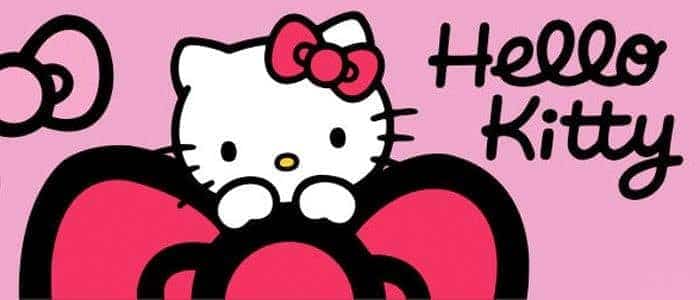
As the world continued to get swayed away by the cuteness of Hello Kitty, Japan understood the economic impact of this cuteness. It took the opportunity to drive development and consumerism by selling kawaii aesthetics to western countries. Sanrio developed almost 450 different characters, which were used in 3000 variants of products.
Anime Boy Mug
€15,95Unisex Cosplay Hoodie
€32,95 – €34,25
Kawaii Attributes
All kawaii figures and characters follow a similar pattern for their characteristics. They usually have big round heads with tiny bodies. Most of them have little or completely no facial expression but still continue to melt our hearts with their cuteness. Their eyes are big and noses are tiny.
For example, Hello Kitty does not have the glittering eyes (which are seen more in modern kawaii characters). It also doesn’t have a mouth and doesn’t portray any emotion. Looking at this psychologically, the absence of any emotion allows the viewer to project one based on their own feelings. It also completes the look of innocence, weakness, and vulnerability of the character which is the true meaning of kawaii.
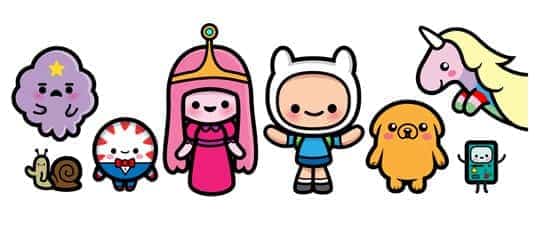
Big, Round Eyes
For the Japanese, big, round eyes have a historical perspective. The Todaiji Temple’s Nio guardians have big eyes. Thanks to the round eyes, they were able to crush and ward away evil from the temple. Big eyes are used in kawaii characters to allow them to illustrate their genuineness and cuteness. It is used on both male and female characters. In modern kawaii characters, round, sparkly eyes are used as a greater expression of emotions.
Harayuku Kpop #Army short sleeve t-shirt
€18,45 – €20,45Unisex Huggy Hoodie
€32,95 – €34,25
Cute Animals and Non-Human Kawaii Characters
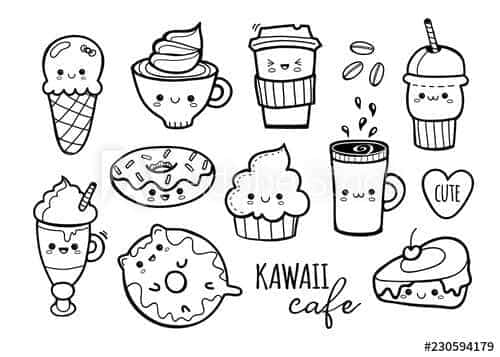
It’s true when people say Japanese have a great obsession for cats. This animal has influenced the arts and illustrations in Japanese culture from the earliest of times. Their influence can be seen significantly on ukiyo-e, which are the woodblock prints found in Japan.
The Japanese people have gone overboard with their cat obsession and have given them their own shrines and even an island. Pop culture is greatly influenced by this animal too. The ultra-popular unicorn craze also originated from this culture.
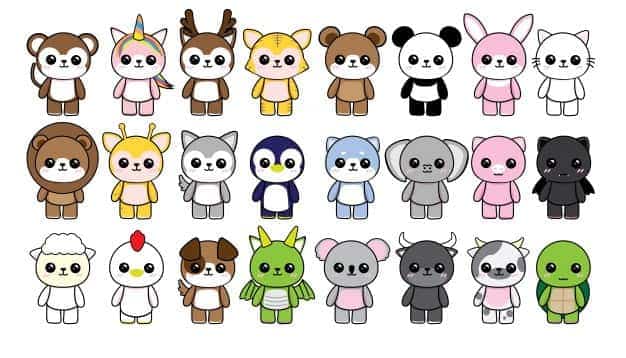
Along with cats, baby animals of any kind are especially considered to be kawaii because of their features. A great part of kawaii culture is based upon them. These cute creatures are also an extremely popular part of the emoji world with characters such as the Pusheen cat.
Tiny Bodies and Babyish Vibe
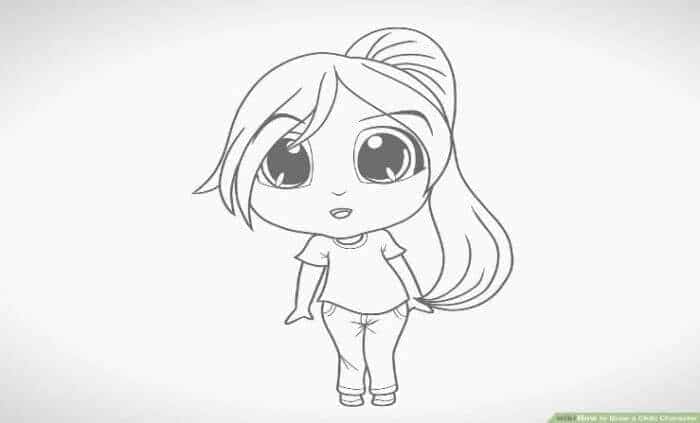
The kawaii concept follows the baby schema, which contrasts a large head with a bubbly and tiny body. With the normal body development, the head grows along with the body, but with time, the body becomes larger with a proportionate head. Kawaii figures are illustrated as superficially infantile with a large head and face, a small body and underdeveloped sexuality. It shows a picture of pre-pubescence.
The Kawaii Culture
The whole Japanese contemporary culture based on kawaii is an essential part of the country’s rich tradition. It is a significant part of everything, from food to music, fashion, lifestyle and much more. Let’s dig deeper into the eye-catching kawaii-inspired cultural elements.

Kawaii-Inspired Street Fashion
Kawaii is always in vogue and its characteristics are a prominent aspect of Japan’s street fashion. Let’s take the example of Lolita fashion. It is a dressing style that contains a number of variations with urban, gothic, and cute outfits. There’s also the Kodona style, which is punk and a top choice for men. Then comes Kuroi Niji, which mixes black color with rainbow colors and gives outfits a unique and distinctive feature
Kawaii fashion has escalated its presence and popularity in the west as well. There are a number of online shops which sell such clothing worldwide. Some popular ones include Kawaii Babe, Kawaii Nation and SpreePicky.
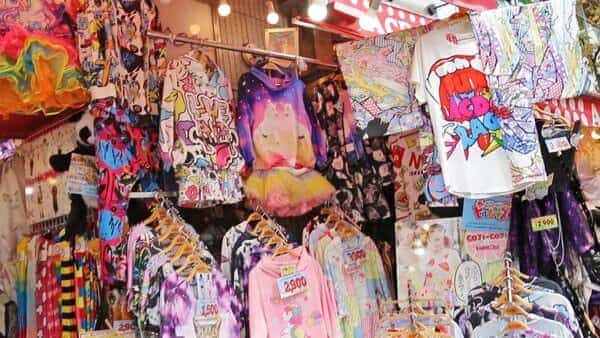
Kids these days grow up playing on Nintendo devices, whose games are mostly inspired by anime and kawaii. Famous celebrities like Cara Delevingne have also gone for kawaii looks for magazines. Even if we don’t realize it, kawaii is all around us!
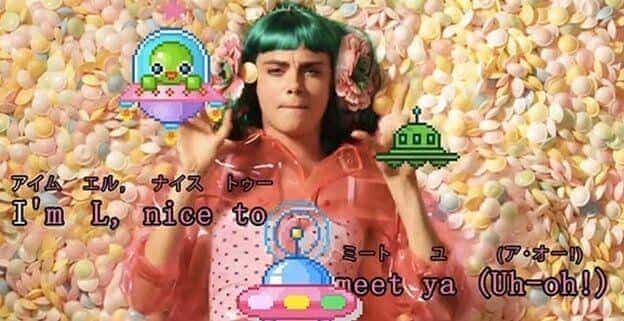
Kawaii-Inspired Cosplay
Cosplays have always been a great part of Japanese culture, and kawaii influenced this aspect of Japan too. Cosplay is basically dressing up as your favorite or popular characters. In kawaii cosplays, those characters are frequently from manga and anime.
Unisex originals Ancient Hero Hoodie
€32,95 – €34,25Meoow unisex T-shirt with long sleeves
€22,95 – €24,95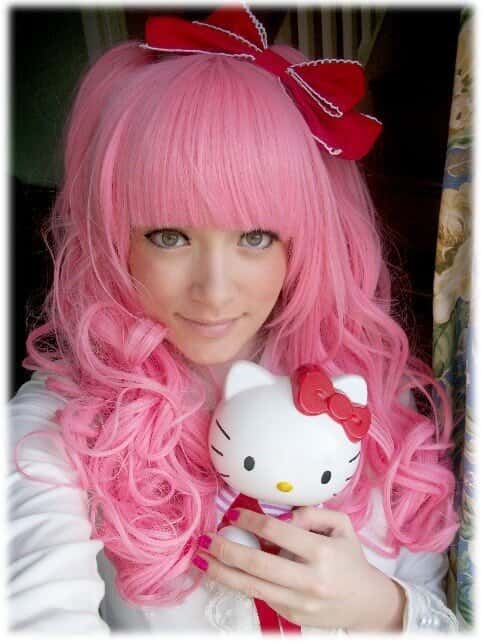
Highly complex and intricate costumes accessorized with all the appropriate adornments make this act complete. Cosplays are also a part of fan conferences, street styling festivals, and rallies. They are an everlasting part of Japanese culture and have been massively hit by the cute culture.
Cute Kawaii Food That Is Too Adorable to Eat
The common food in Japan has always been unique. Kawaii made it even more unique and presented a revived form of food presentation with cute characters. Japanese food has become too cute to eat!
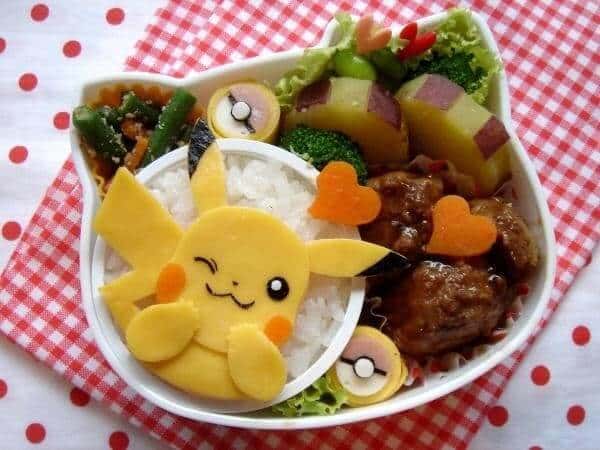
Sushi is the main highlight of Japanese specialties, and then there is the bento, which is a regular single meal consisting of rice, fish or meat, and vegetables that is not served in plates but lunchboxes. The preparation of a bento includes many elements of kawaii culture.
Unisex originals Ancient Hero Hoodie
€32,95 – €34,25Meoow unisex T-shirt with long sleeves
€22,95 – €24,95It is also decorated in an elaborate way that reflects the culture’s cuteness. The decoration can be of two types: picture based and character based.
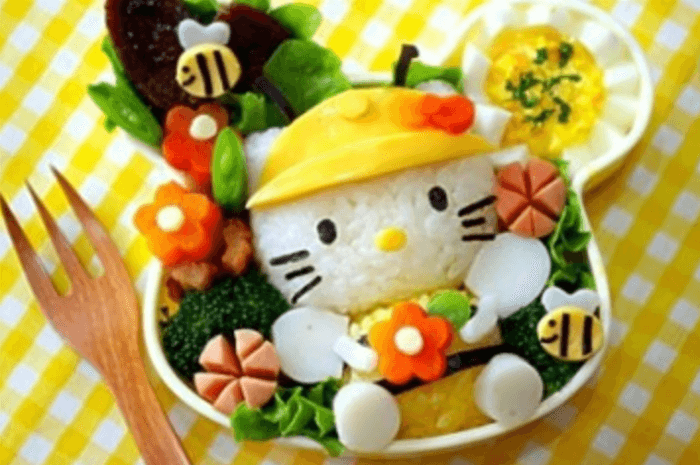
Kawaii-Inspired Gadgets
Kawaii has also inspired the gadgets that we use daily. Kawaii power banks, cameras, Polaroids, phone covers, phone skins, and other accessories have been super popular. These gadgets are mostly an elaboration of kawaii characteristics.
A kawaii camera was introduced by Sony in 2015, which also had an option to transform pictures using cartoonish filters and toy effects. Kawaii has also influenced stationary items like pencil pouches, books, arts and crafts supplies, and school bags.
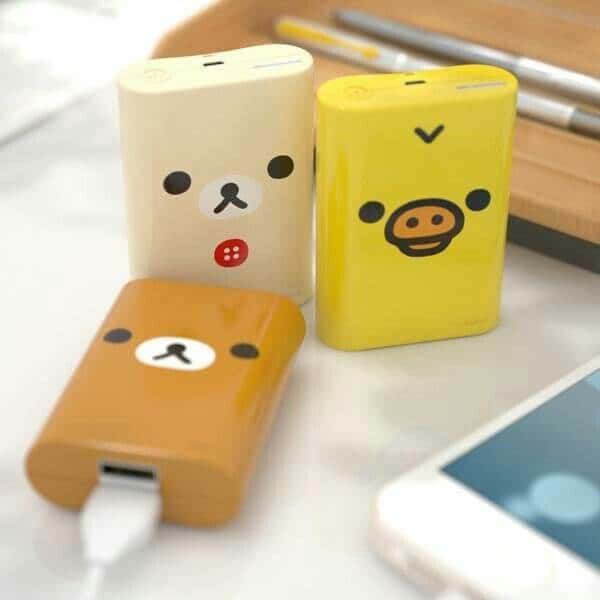
Kawaii’s Influence on Interactive Technology
Kawaii did not remain far from the internet and he hyper-tech universe of social networking. Quickly enough, it inspired the way people talked and walked. The broad field of social networking has witnessed many changes based on the kawaii culture.
Pastel colors, cute apparel, adorable accessories, expressive emoticons, and stickers are part of our daily lives now. There are kawaii-inspired makeup tutorials all over YouTube.
There are also numerous filters that Snapchat has come up with to date that have been influenced by kawaii culture. They transform one’s face into an epitome of cuteness with flushed cheeks, round eyes, and pink, pouty lips. These filters have become a global trend.
Harayuku Kpop #Army short sleeve t-shirt
€18,45 – €20,45Unisex Huggy Hoodie
€32,95 – €34,25Some of the major YouTubers like PewDiePie have also been showing a great deal of kawaii-inspired content, which further fueled the growth and expansion of Japan’s cute contemporary culture.

All in all, there are various reasons for kawaii culture’s ubiquity in Japan and different ways to frame Japan’s adorable culture. From being an economically benefitting trend to a mighty social influencer, kawaii has become a worldwide phenomenon.
The complete meaning of kawaii cannot be summed up as it has deep roots in Japan’s cultural history. In today’s world, it is mixed with modern techniques and mannerisms, which have reshaped some of its elements. Many are attracted to kawaii culture because they find it youthful with an evolutionary and rebellious vibe that allows them to escape the harsh realities of life.
Unisex originals Ancient Hero Hoodie
€32,95 – €34,25Meoow unisex T-shirt with long sleeves
€22,95 – €24,95We are pretty sure that via this broad article, a lot of kawaii culture has been explored and it’s established that kawaii is much more than just cuteness.


